Dark matter could be composed of much lighter particles, with masses roughly ten times smaller than that of a proton.
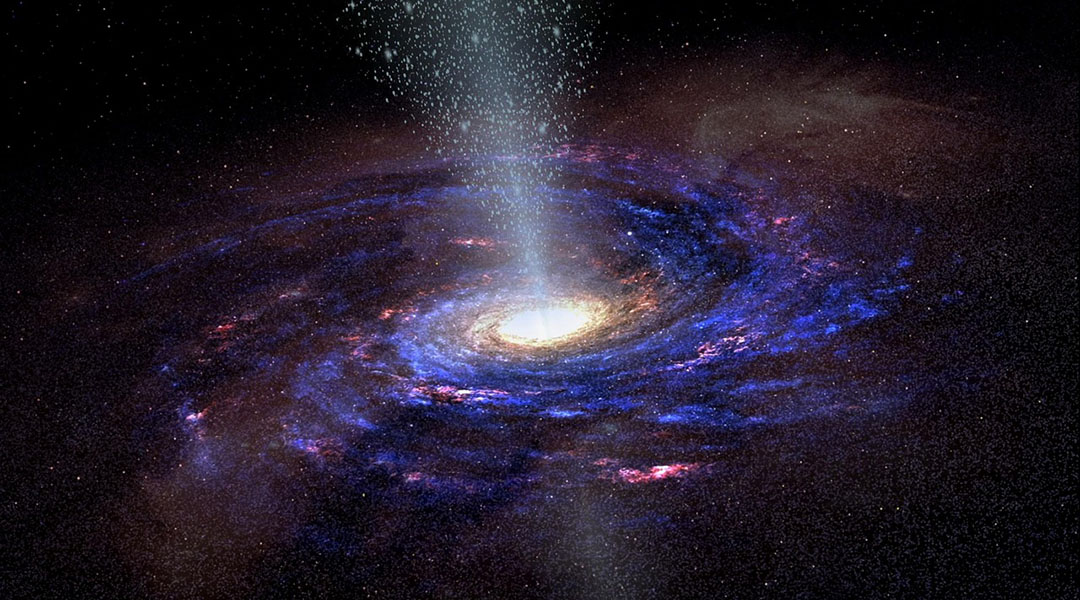

Dark matter could be composed of much lighter particles, with masses roughly ten times smaller than that of a proton.
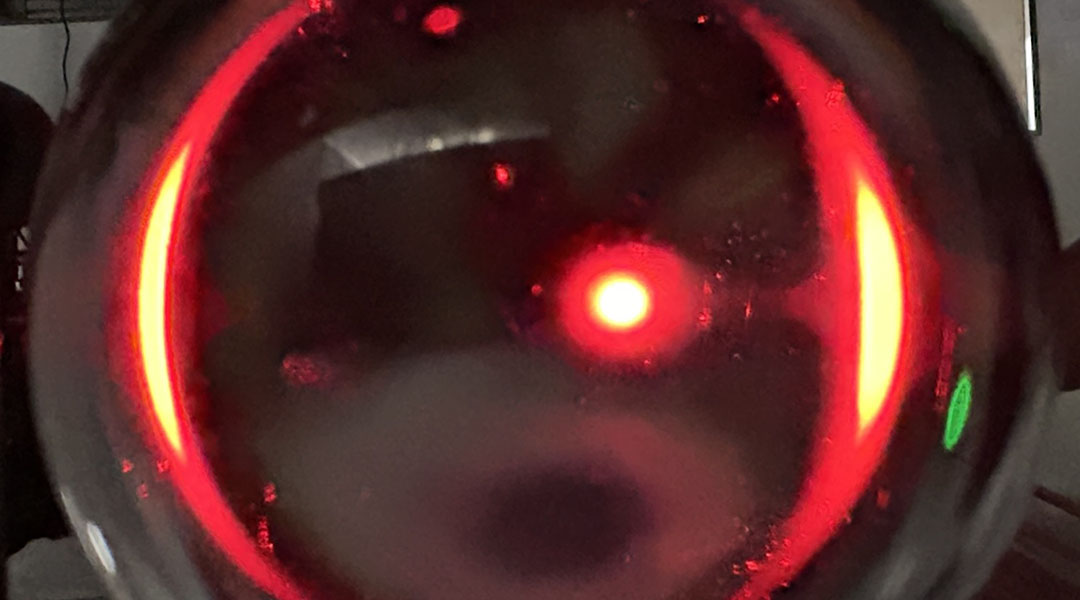
Lenses help researchers mimic the way massive cosmic objects bend light—bringing the elusive effects of gravitational lensing to Earth.
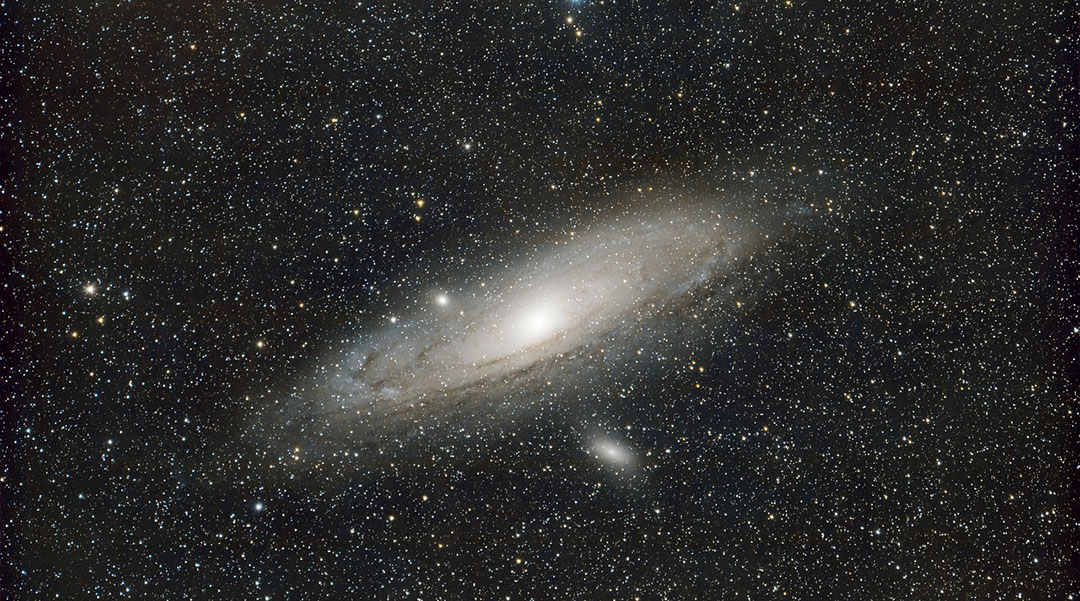
New observations suggest elongated gas filaments that stretch into space may be feeding supermassive black holes.
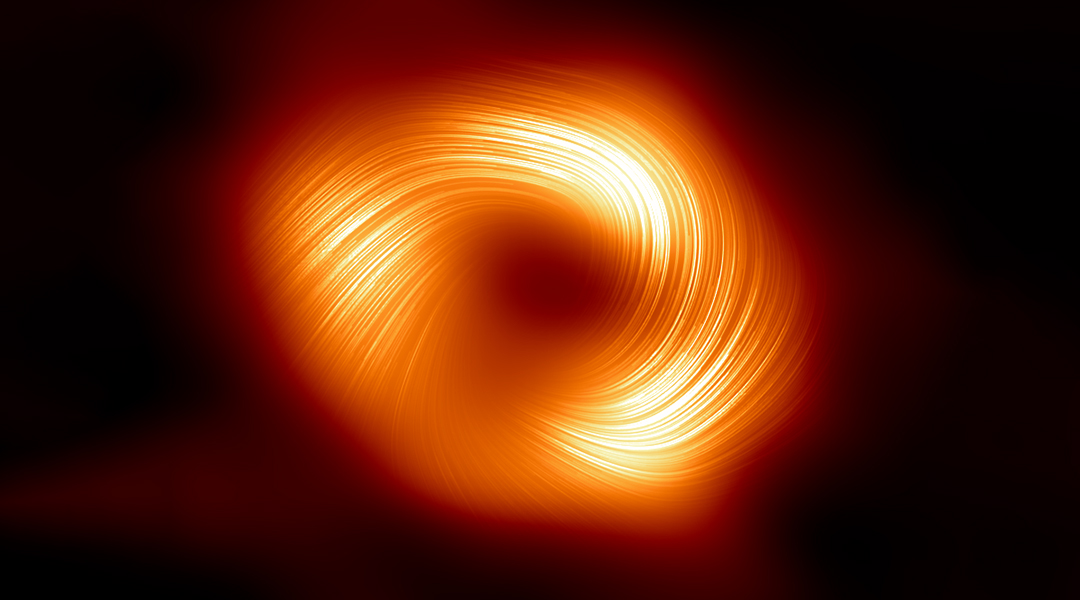
Images of the supermassive black holes wouldn’t have been possible if mimetic gravity was the right recipe for gravity.
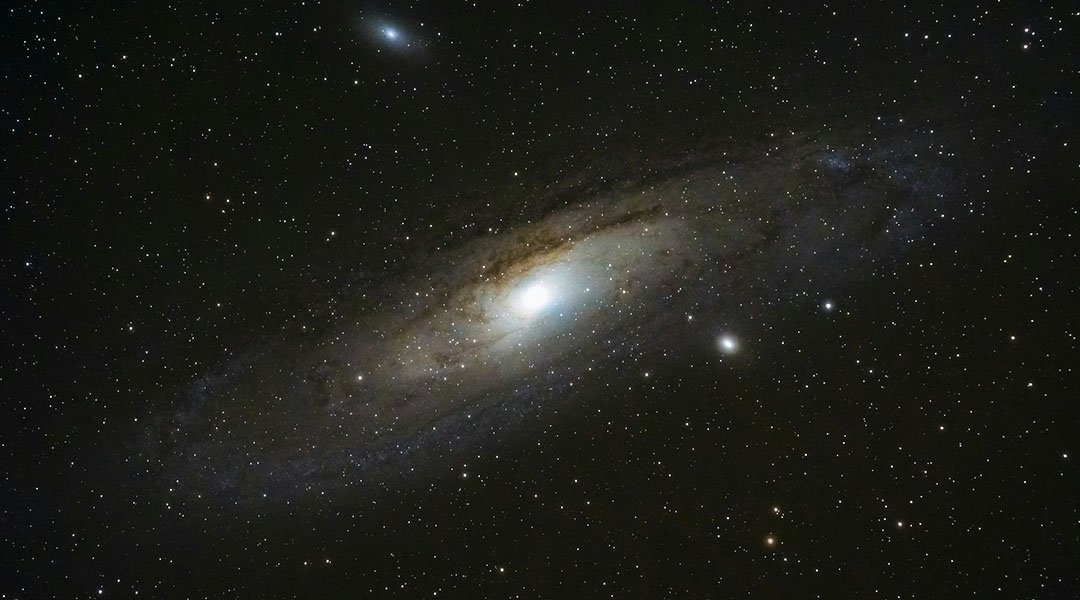
Links to observational data may have revealed the nature of magnetars and the origins of their extreme magnetic fields.
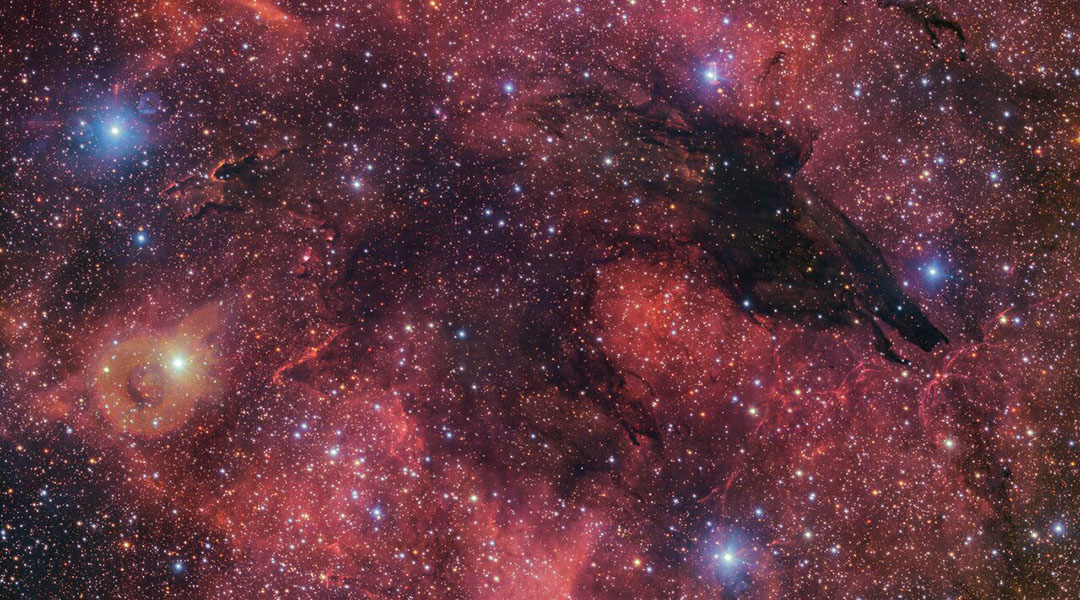
This image of a dark nebula creates the illusion of a wolf-like silhouette against a colorful cosmic backdrop.
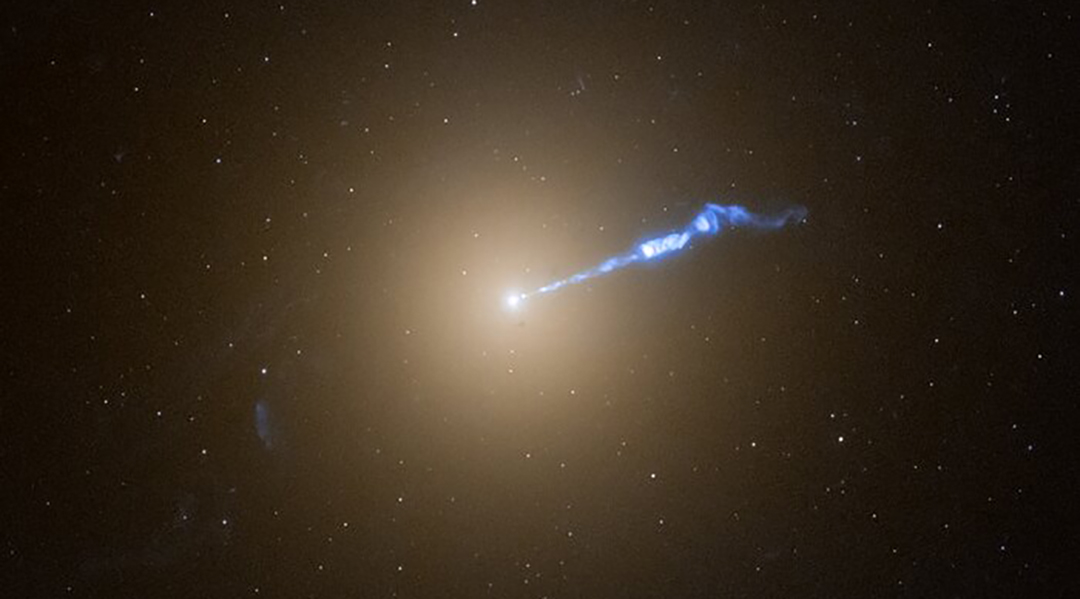
Using the Hubble Space Telescope, astronomers discovered the jet from a black hole, triggering nova explosions along its path.
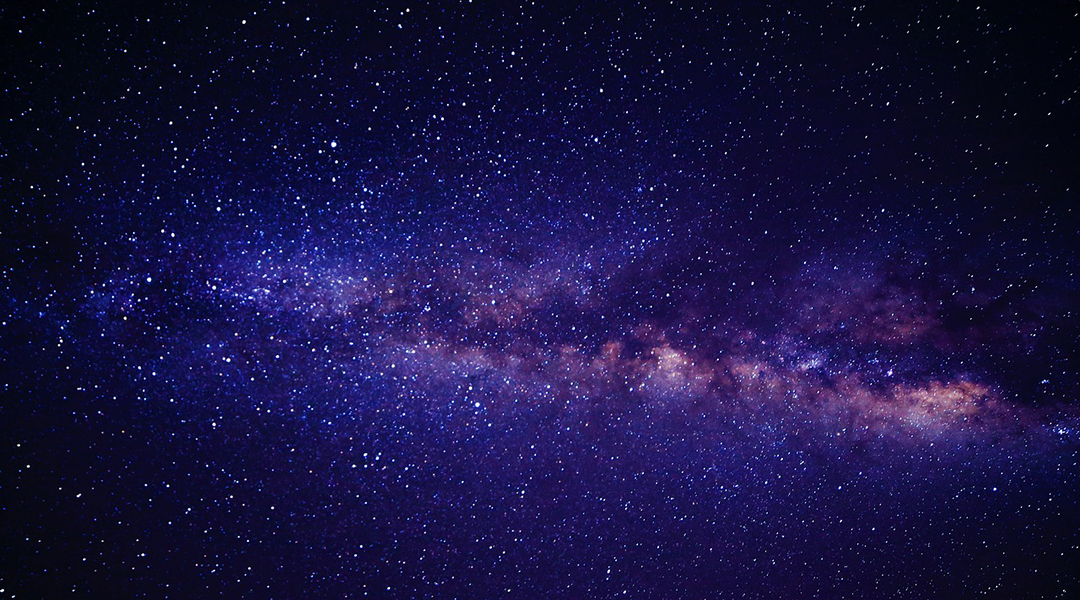
New research on dwarf galaxies challenges the idea that dark matter is collisionless, suggesting it may interact in unexpected ways
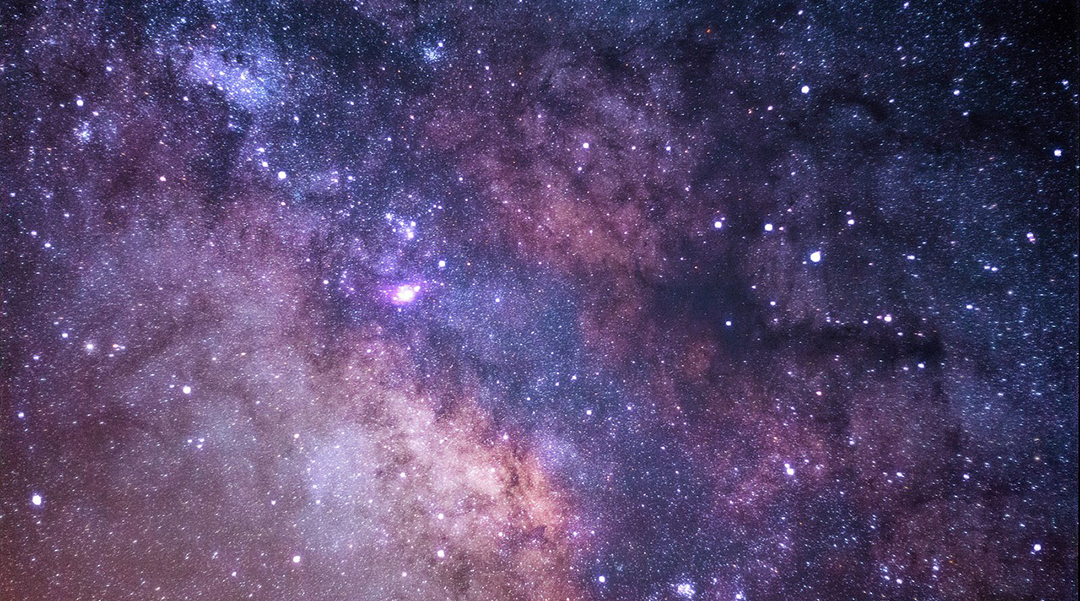
Hubble’s deep near-infrared campaign reveals more supermassive black holes in the early universe than previously expected.
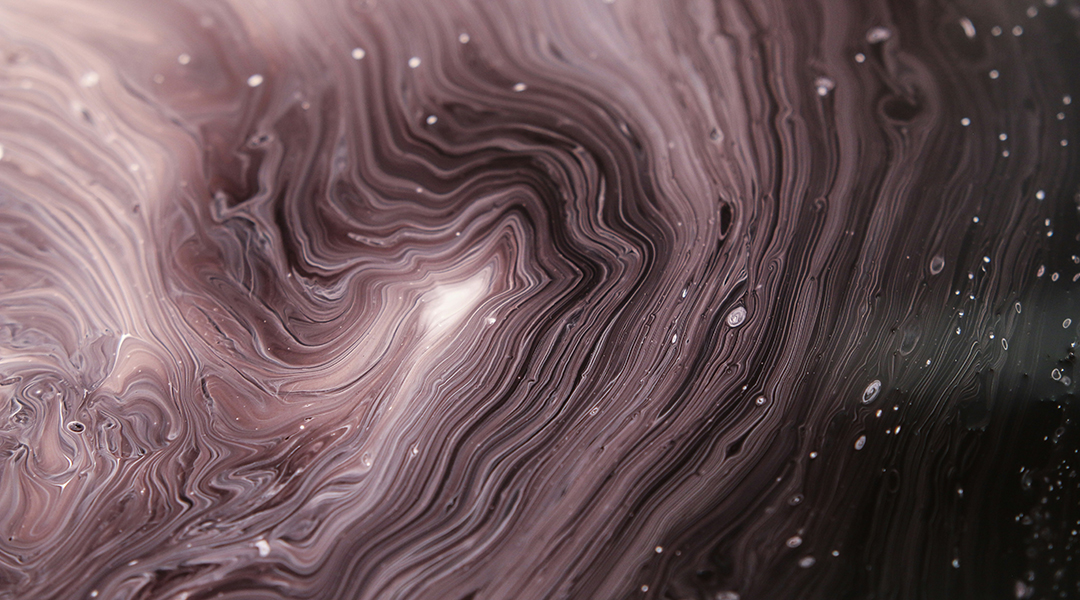
Scientists theorize that cosmic strings interacting with dense matter in the early universe provided the seeds for galaxies and black holes.